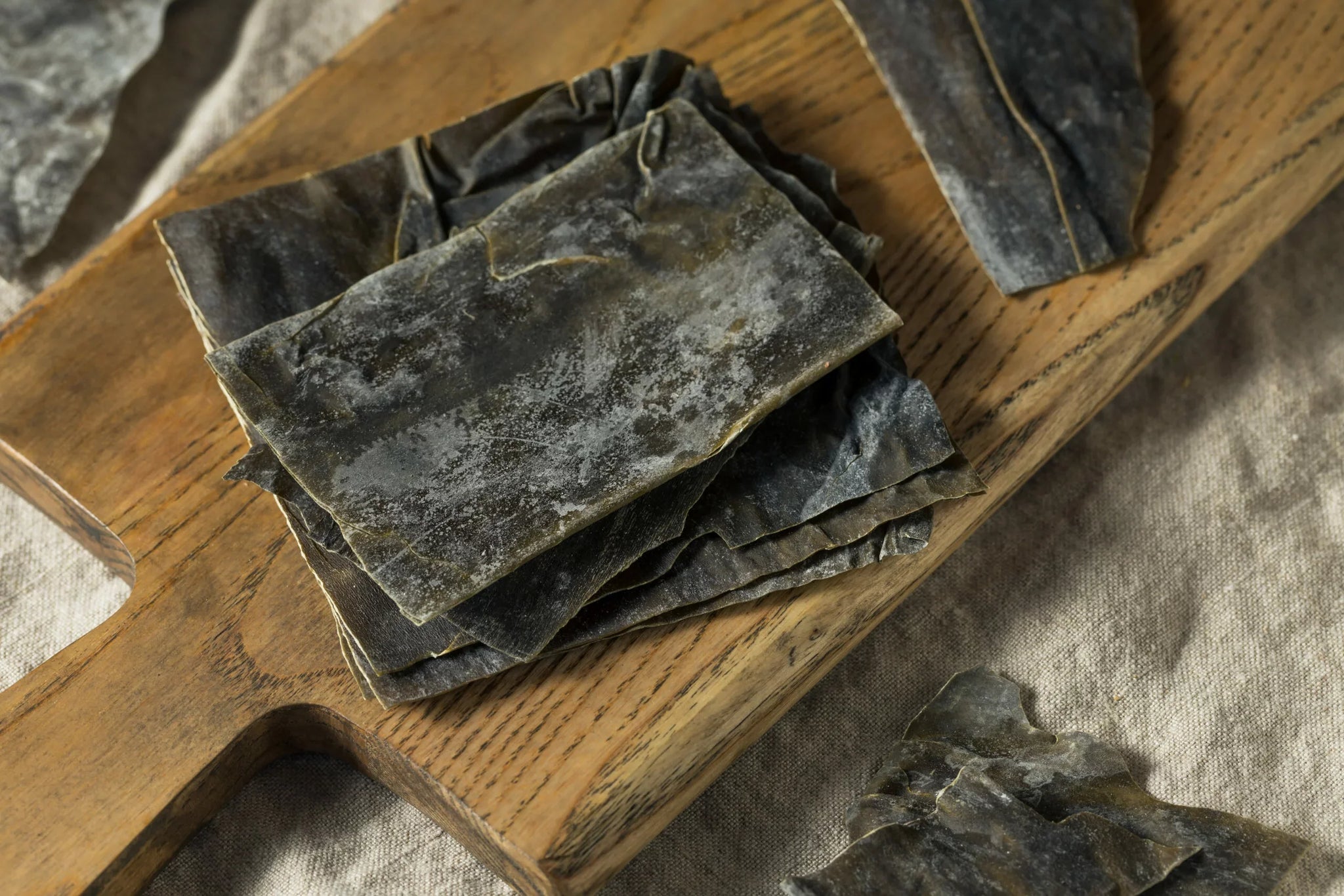Rheumatoid Arthritis vs. Osteoarthritis

At GLX3, we are committed to providing a supplement that those with both rheumatoid arthritis and osteoarthritis can depend on to help reduce joint pain and inflammation. But what exactly are these two conditions, and how are they different?
Let’s dive into the differences between rheumatoid arthritis and osteoarthritis, and look at what causes each. And, we’ll look at potential options and need-information for tracking symptoms of both conditions, and managing your life with arthritis.
What causes rheumatoid arthritis?
Because rheumatoid arthritis is an autoimmune disease, the key to understanding what causes it is to look at your immune system. The problem is, though, that we still don’t know exactly why the immune system attacks healthy tissue and how to prevent Rheumatoid Arthritis.
The issue at heart is why the immune system attacks healthy tissue surrounding the joints, which is what rheumatoid arthritis is. Over time, this can impact surrounding ligaments, tendons, cartilage, and sometimes even bones. We know that smoking can increase the likelihood of the condition, but other factors can be genetic.
Early Symptoms of Rheumatoid Arthritis
While symptoms can vary, it usually begins with minor symptoms that come and go. Even during later stages you may experience periods of relief as it goes into remission. These symptoms tend to be symmetrical and equally affect both sides of your body.
If it’s your first flare-up, here are the symptoms to look for.
Stiffness and Soreness in the Morning
Like we mentioned, you might wake up one day and feel abnormally sore and stiff. Maybe you even had trouble sleeping t\due to discomfort. Now, if you did a full day of yard work or went to the gym the day before, chances are you’re experiencing the normal effects from exercising and physical activity.
But if this lasts for several hours, or occurs after simply sitting around in one spot for a while, you might be dealing with a bigger issue. It tends to start in smaller joins regardless of your physical activity and can progress quickly and unexpectedly in short periods of time. Related symptoms include a numbness and tingling often experienced in the hands and fingers which is caused by pressure on your nerves from inflamed tendons.
Swelling in Your Hands and Feet
Do your joints feel warm?
Do they look larger than normal?
Are your feet and hands red and inflamed?
These can be early signs of RA. The joints in your hands and feet might feel tender when you try to move them or if you apply too much pressure, especially in the heels of your feet or the base of your fingers.
If the pain is not in your heels, but instead at the base of your toes, you might find yourself shifting your weight to walk on your heels or lift your your toes up to relieve the pain.
Swelling in these joints is a telltale sign of RA, so be sure to keep an eye out for this symptom!
Decreased Range of Motion
This early warning sign of RA is a no-brainer when you look at the other symptoms above.
If your joints are sore and swollen, the chances of you moving around the same as before are pretty slim!
Despite the pain and discomfort, you’ll want to practice some kind exercise like tai chi to improve circulation of blood and nutrients like omega-3’s. This is one of the early signs and symptoms of rheumatoid arthritis.
Low Grade Fever
This goes along with the warm joints and inflammation:
A consistent and lasting fever may be an early sign of rheumatoid arthritis. It’s important to distinguish the difference between a high fever of 38 degrees Celsius (100 degrees Fahrenheit) or greater and a low-grade fever, however.
While extremely high temperatures usually indicate another issue is to blame, a low-grade fever tends to be caused by the inflammation that’s already occurring in your body.
If you’re experiencing both inflammation and a low-grade fever, you’ll want to schedule an appointment with your physician.
Fatigue and Weight Loss
We’ve grouped fatigue and weight loss because they tend to be associated with one another:
You can start feeling inexplicably tired weeks or months before other symptoms set in, and it usually pairs with unexplained loss of appetite and weight loss.
Now, you’re probably thinking:
I can think of a bunch of other reasons why I feel tired or don’t want to eat. I work long hours, I don’t get enough sleep, and the list goes on.
It’s true that these are somewhat ‘general’ symptoms that show up with other conditions. That’s why a visit to your doctor will help you make a more educated decision about what might be causing you to experience this discomfort.
How do you treat rheumatoid arthritis?
Speak with your doctor about any recommended medications. We encourage you to consider New Zealand Green Lipped Mussel Oil because it contains a base rich in Omega-3 fatty acids, the mussels themselves. High-omega supplements are an easy way for you to combat joint pain and inflammation. One of the best ways to treat any form of arthritis or other condition induced by inflammation is to watch your diet. As tempting as those treats can be, channel your inner-adult and kick your dietary discipline into high gear.
The good news here is that, while you’re going to have to leave the plastic-wrapped, sugar-coated sweets on the shelf, there are some deliciously tempting foods that actually fit quite well into a diet optimized for joint health.
Let’s focus on the positive — ranch dressing. Yes, break out the bottle of Hidden Valley because ranch is on the approved list, provided you’re dipping Vitamin C-rich veggies into it. Surround your dipping bowl with plenty of tomatoes, carrots, peppers, broccoli, and cauliflower, and you’re table is set for the guilt-free snack party.
When the craving for crunch kicks in, opt for chips and salsa or other veggie-rich options, preferably raw as this ensures you are taking in all of the vitamins and nutrients of the plant. For a main course, try salmon, winter squash, and foods high in Omega-3s and Vitamin C. For a side, choose steamed or baked potatoes, preferably of the sweet variety.
What causes osteoarthritis?
The most frequent causes of osteoarthritis are repetitive movements of the same joints, as well as injuries to joints — particularly if you don’t seek treatment for those injuries. If you write a lot, or have a job that involves moving one part of your body in a repetitive motion over and over on a daily basis, keep a keen eye out for the symptoms mentioned above.
Another guilty party is cartilage breakdown, common in athletes and those who work on their feet all day. This causes strain to the ligaments, joints, and muscles, and over time, begins to wear them out. You will most frequently notice the symptoms in your hips, knees, hands, and spine.
Common osteoarthritis risk factors:
I’m sorry, ladies.
But female gender is one of the risk factors for developing osteoarthritis pain.
Others include:
- Advancing age
- Genetics
- Obesity
- Overuse of joints
- Joint injury/Joint Damage
- Bone density
- Muscle weakness. (1)
What are Early Osteoarthritis Symptoms?
Because osteoarthritis is a biological disorder caused by wear and tear, a group of scientists believes a “pre-OA” stage must exist (2).
If you meet the risk factor criteria or you simply want to stay ahead of the pain, here are the early symptoms to look out for:
- Joint stiffness/Joint Pain– No surprise here: take note of constant stiffness or pain in joints, especially when you wake up, go to sleep, or haven’t moved for a bit.
- Bone rubbing – Do you feel a grating sensation or hear the joints rubbing when you move? See joint space narrowing below.
- Joint space narrowing – A study found a loss of joint space in the hips of professional ballet dancers. This is part of the wear and tear that leads to bone rubbing.
- Bone spurs – These bony growths feel like hard lumps around your joints and are common with OA.
- Decreased Range of Motion – Physical activity becomes more difficult, as you can’t bend and flex your joints as well.
How to treat osteoarthritis?
As with rheumatoid arthritis, you want to be on the lookout for anti-inflammatory medication — i.e. medication that reduces joint pain and inflammation. New Zealand Green Lipped Mussel Oil is a top choice because it contains anti-inflammatory Omega-3 fatty acids, and with products like GLX3, you are also adding New Zealand olive oil and Vitamin E oil into the mx to create a power punch of osteoarthritis-fighting benefits.
Another active step you can take to fight osteoarthritis is to combine GLX3 with a DMARD, or disease-modifying antirheumatic drug. Your doctor can recommend top choices for you, and advise on dosage amount and frequency. This can be particularly effective if you have an overactive immune system because DMARDs can actually blockade the immune system and reduce its damage to tissues in the joints.










